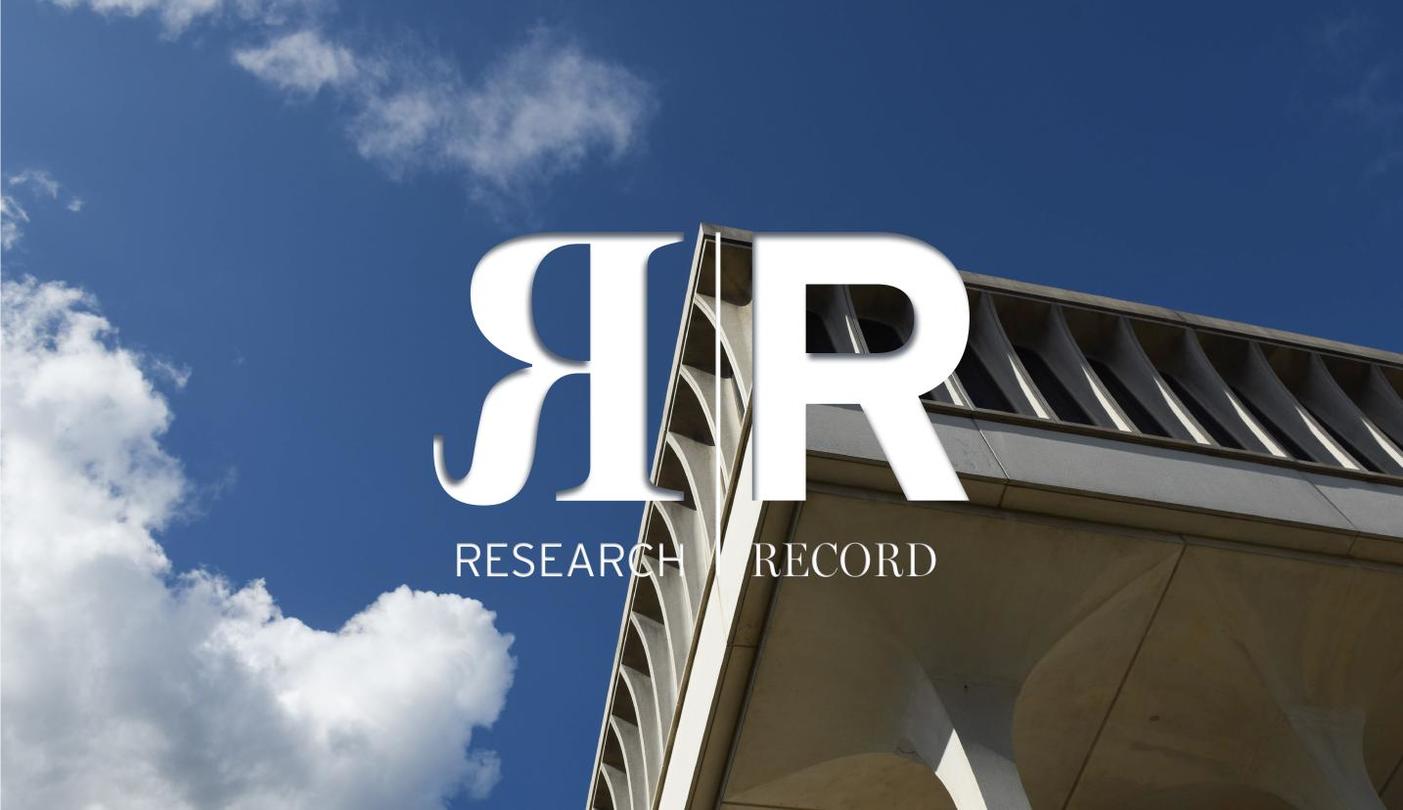Research Record: Weather Changes Linked to Undocumented Migration and Return Between Mexico and the United States

Princeton SPIA’s Research Record series highlights the vast scholarly achievements of our faculty members, whose expertise extends beyond the classroom and into everyday life.
If you’d like your work considered for future editions of Research Record, click here and select “research project.”
The Details

Authors: Filiz Garip (Princeton University), Julia Li Zhu (San Diego State University), Nancy Chau (Cornell University), Amanda D. Rodewald (Cornell University)
Title: Weather Deviations Linked to Undocumented Migration and Return Between Mexico and the United States
Journal: Proceedings of the National Academy of Sciences
The Big Picture
Weather-related disasters can displace millions of people overnight. The researchers explored how weather extremes, which are expected to increase with climate change, affect undocumented migration and return between Mexico and the United States—the world’s most active border crossing.
More than two million people passed through the border without documents between October 2021 and September 2022. The researchers wanted to determine whether this mobility is linked to climate-related stressors that people are facing back home, and whether the persistence of extreme weather conditions would delay return migration.
“I saw first hand what a major decision it is to migrate across a perilous border for the people there. Nobody takes that decision lightly,” said Filiz Garip, professor of sociology and public affairs at the Princeton School of Public and International Affairs.
The Findings
The researchers analyzed data about more than 48,000 people living in 84 Mexican agricultural communities and whether they migrated or returned to those communities between 1992 and 2018.
They found that very dry conditions relative to a community’s historical norm during the corn growing season of May through August were related to increased undocumented migration to the United States.
For migrants already in the United States, they found that extreme rainfall relative to baseline was related to decreased chances of return migration to Mexico.
The Implications
Immigration and climate change are two major challenges of the moment, and this research demonstrates how they are connected. It shows that climate stressors are pushing people to resort to dangerous border crossings and preventing them from returning home.
The research also offers ways that such pressures may be relieved. In communities with higher levels of irrigation, for example, extreme weather is less likely to encourage migration.
“Our results show that something as simple as having irrigated land in a community can mitigate the drought effects on migration and return. This tells us that environmental policy can be an immigration policy as well,” Garip said. “If we invest in making rural communities more resilient across the region, then we can also ensure that people will have more options, including remaining in or returning to their home communities.”
